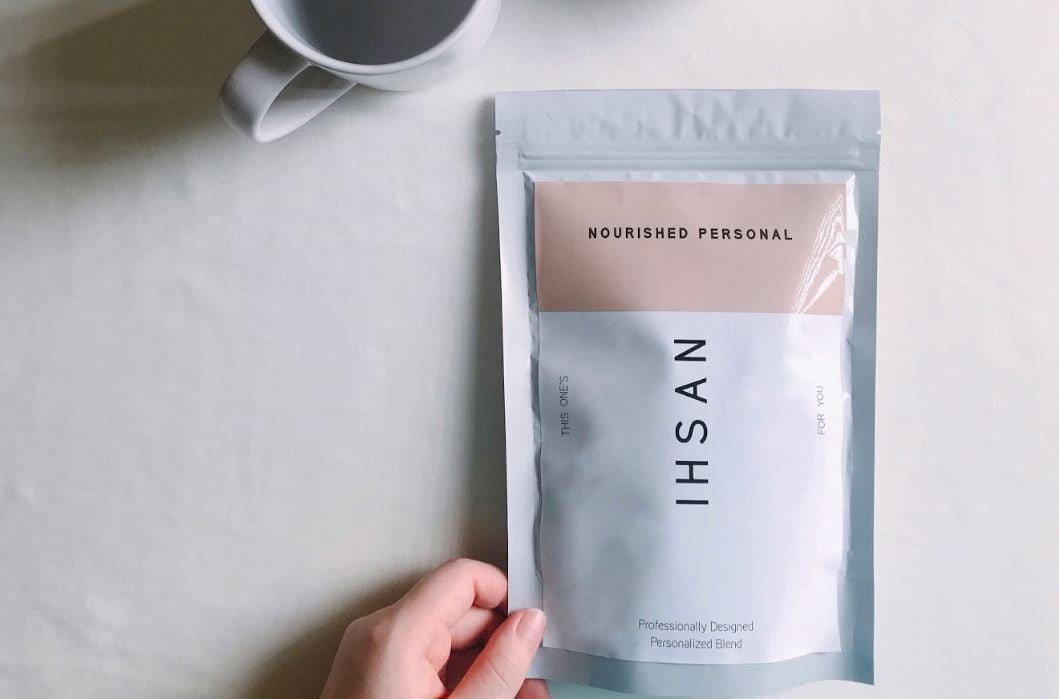The recommendation was made by researchers from the Universiti Putra Malaysia, South Australia Health and Medical Research Institute (SAHMRI), The University of Adelaide, and The University of British Columbia.
At present, the recommended daily allowance (RDA) of folic acid for women between 19 and 65 years old in Malaysia is 0.4mg.
This means that the recommended weekly allowance of folic acid is 2.8mg, in line with the recommendation from the World Health Organisation (WHO).
However, according to the researchers, weekly iron and folic acid supplements (WIFAS) sold in the country consists of 60mg of iron and only 0.4mg of folic acid.
The purpose of such supplements is mainly to prevent anaemia and not to increase folic acid status in women.
The case for folic acid
A lack of folic acid intake can increase the risk of an infant developing neural tube defects (NTDs) should a woman become pregnant.
In the case of Malaysia, the authorities do encourage pregnant women to take folic acid, and neonatal clinics do prescribe folic acid supplements to pregnant women as well.
However, to prevent NTDs from developing, the best practice is to take folic acid supplementation even before one is pregnant.
To help improve folic acid status in women of child-bearing age, the researchers thus proposed to increase the amount of folic acid in WIFAS to 2.8mg.
The aim of doing so is not only to prevent anaemia, but also NTDs, since pregnancies are sometimes unplanned, said the researchers.
Moreover, in Malaysia, fortification of folic acid in food products is not mandatory, and women do not have a habit of consuming supplements, making it more difficult for them to achieve the desired folic acid status, said the researchers.
While the optimal red blood cell folate for NTDs prevention is not known with certainty, the WHO has recommended a concentration of more than 748 nmol/L for women of reproductive age as desirable at the population level.
Red blood cell folate is a biomarker that predicts the risk of developing NTDs.
“There is a reluctance to switch to IFA supplements containing 2.8 mg of folic acid because of a lack of evidence this dose, or any weekly dose, would prevent NTDs,” said the researchers.
As such, they conducted a clinical trial to provide evidence that weekly supplementation of 2.8mg of folic acid could prevent NTDs by improving red blood cell folate concentration.
Clinical trial
The study involved 331 women between 18 and 45 years old.
They had to take 16 weeks of weekly supplementation, consisting of 60mg iron with either 0 mg, 0.4 mg or 2.8 mg of folic acid.
The parallel design, double-blind, placebo-controlled randomised trial took place at the Universiti Putra Malaysia last year and ended in Feb this year.
The red cell folate level of the subjects was measured at the 16th and on the 20th week – which is four weeks post-supplementation.
Findings
Findings showed that weekly supplementation of 2.8mg of folic acid can increase red blood cell folate concentration more so than 0.4 mg of folic acid.
For instance, after the trial, the red blood cell folate was 271 nmol/L higher on average in the group receiving 2.8 mg than those receiving 0.4 mg. This was a significant finding as the p-value was below 0.05.
Also, 68% of women in the 2.8 mg group attained the desired red blood cell folate of more than 748 nmol/L (the optimal level for preventing NTDs), as compared with only 8% in those who took 0.4 mg.
“Moreover, at 16 weeks, women receiving 0.4 mg folic acid were not more likely to achieve red blood cell folate of more than 748 nmol/L than women receiving 0 mg—further highlighting the minimal impact of providing 0.4 mg once weekly,” said the researchers.
On the other hand, following the washout, mean red blood cell folate also remained significantly higher in the groups receiving 2.8 mg than those taking 0.4 mg or 0mg of folic acid per week.
“A folic acid supplement should be taken not only by those who are planning a pregnancy, but by all women who are sexually active,” project leader, professor Tim Green from SAHMRI said.
“We know around half of pregnancies are unplanned globally and in low- and middle-income countries 10 million of these pregnancies occur each year in adolescents alone. By the time these women realise they’re pregnant it’s too late to get the benefits of iron-folic acid weekly supplement.
“It’s our recommendation that the optimal 2.8mg of folic acid formulation be made widely available to women in low- and middle-income countries as soon as possible,” he added.
The study was supported by a grant in aid from Nutrition International.
NutraIngredients-Asia understands that the findings are not yet presented to the Malaysian health authorities, but there are plans to do so.
Future study could also include the rural population in Malaysia and how weekly folic acid supplementation of 2.8mg and 60mg iron could improve anaemia and prevent NTDs.
Folic acid RDA
The RDA of folic acid is 0.4mg in most South East Asia countries, including Malaysia and Singapore.
On the other hand, the Association of South East Asia Nations (ASEAN)’s maximum levels of folic acid in health supplements is set at 0.9mg/day.
This is, however, not applicable to Thailand, where the maximum level of folic acid in supplements is set at 0.2mg/day, based on country exposure assessment and findings from consumption survey.
Source: BMJ Global Health
Weekly iron–folic acid supplements containing 2.8 mg folic acid are associated with a lower risk of neural tube defects than the current practice of 0.4 mg: a randomised controlled trial in Malaysia
DOI: 10.1136/bmjgh-2020-003897
Authors: Timothy J Green et al





